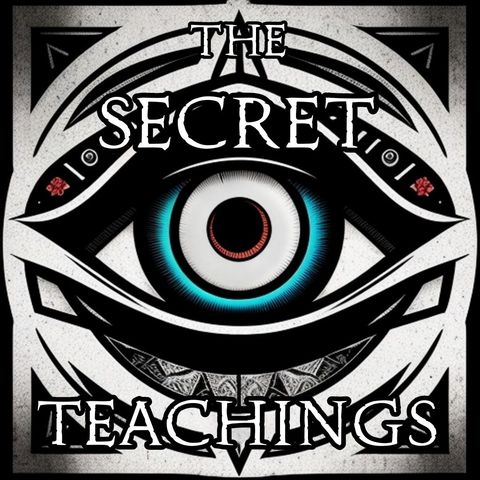Archeologists have recently announced the ‘discovery’ of the Tomb of Osiris, god of the Underworld; but despite all the hype, the tomb was actually discovered in 1887 by Philippe Virey, though it wasn’t fully excavated. Could it be the real Osiris or simply a place to rest the physical embodiment of the god? Could it also be symbolic and relate to the ancient practice of living resurrection that took place as a drama in the mystery schools? Scientists have also recently suggested that mummies, which few realize are found all over the world, were nothing more than idols, as if this level of cultural sophistication was simply the result of a desire for better interior decoration. Western archeology in particular, largely driven by Judaeo-Christian and Islamic influence, refuses, neglects, or by sheer incompetence, does not allow for certain dates or finds to be incorporated into the orthodox narrative. However, eastern archeology, particularly in Japan, seems more willing to allow investigation and questioning of the official narrative. When local tradition in Akita Prefecture spoke of Kuromata Yama being built by an ancient people, Japanese researchers found with science that this was exactly the case. Where once the Jomon culture were thought to be comprised of simple hunter-gatherers who roamed Japan thousands of years ago, it is now known from sites like Sannai-Muryama in Aomori Prefecture that they planned settlements and even had planned sanitation. Jomon, whom were anything by primitive, made pottery long before anyone else officially in the world, the oldest piece dated to 16,500 years ago from Odayamamaoto No. 1 Iseki. Jomon were also building incredible structures with enormous blocks, and smaller stone circles. The Japanese reizan, or sacred mountains, often said to be inhabited by kami, are one of the central features of their spiritual beliefs and the Shinto religion. Miwa-Yama, for example, is occupied by Omononushi-no Kami, guardian of human life, who taught medicine like the Yellow Emperor of China. His symbol is the serpent, which is found all over the world. These details are critical to understanding the context and influence of something going back into the heart of the Ice Age. In other words, since archeologists tend to dismiss such notions, they amount largely to nothing more tomb raiders and myth makers.
mostra meno

